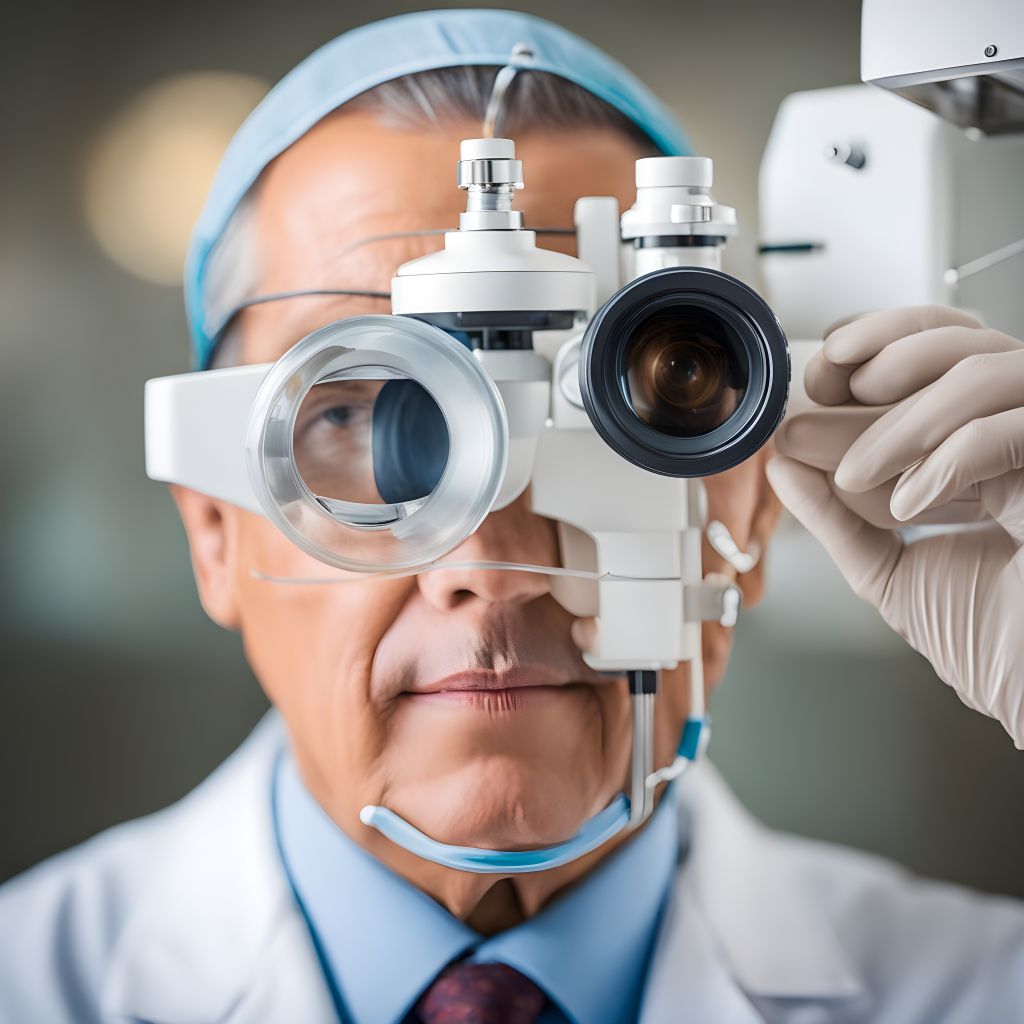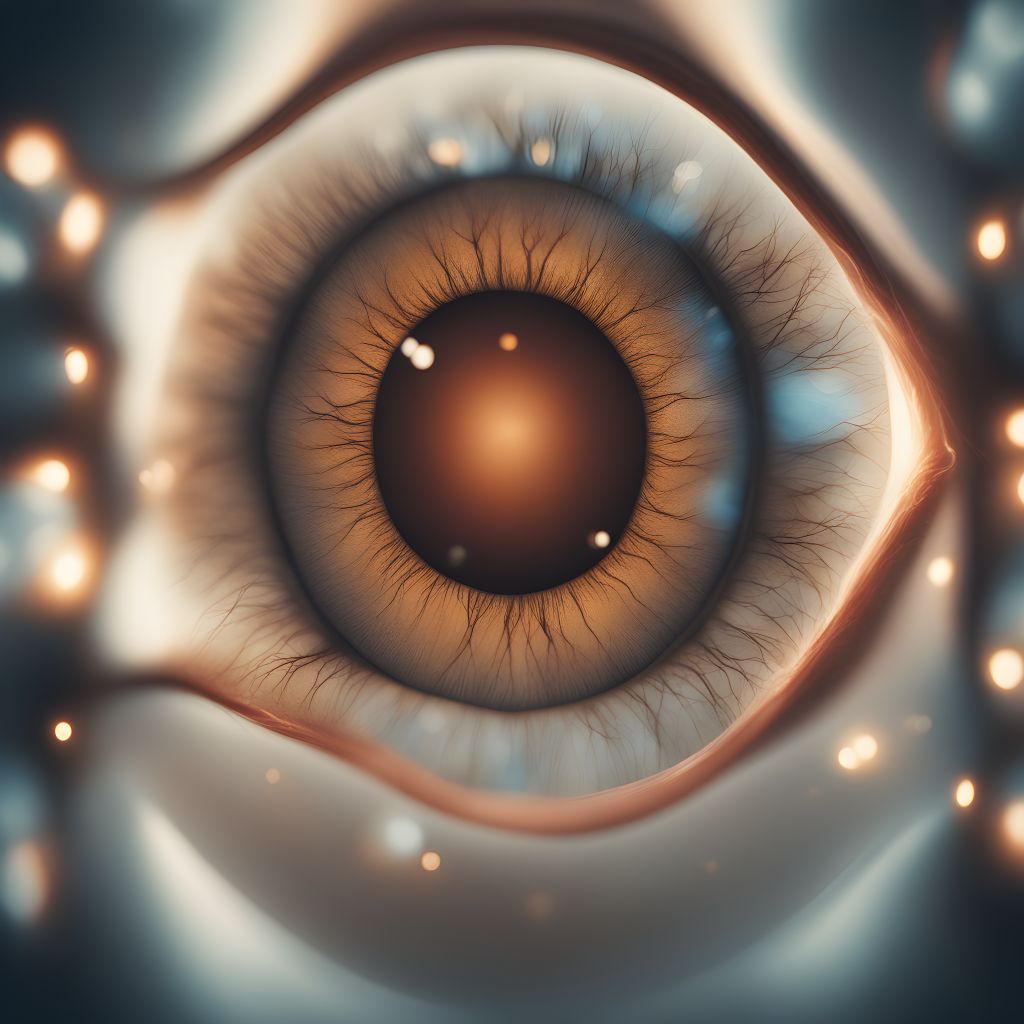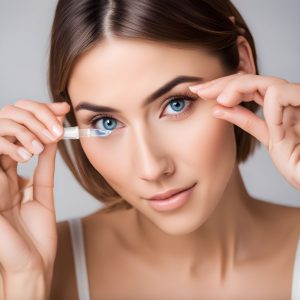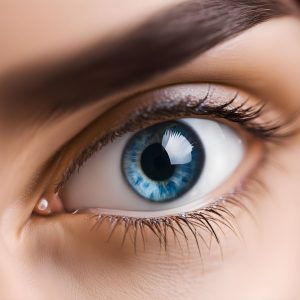Working at the computer: basic rules to save my eyes
Overview of Computer Usage and Eye Health
We sometimes take our eyes’ health for granted in today’s fast-paced digital environment, where displays are an essential part of our everyday existence. While technology has brought unmatched speed and ease to both our personal and professional lives, it has also created new obstacles to preserving the best possible eye health. Extended periods spent in front of computer displays may cause a variety of eye strain and vision issues that are combined into a condition known as Computer Vision Syndrome (CVS) or Digital Eye Strain. Roughly 50% to 90% of computer workers experience it, suggesting that it’s a common problem associated with our contemporary way of life.

The eye is not made to be exposed to digital displays for extended periods. The continual concentration of text and pictures at close range, the decreased blink rate that causes dry eyes, and the exposure to blue light released by screens, which may interfere with sleep patterns, can all result in eye strain. Physiologically speaking, staring at screens causes muscular exhaustion since the ciliary muscles in our eyes have to work nonstop to keep focus on the pixels. The contrast, flicker, and glare of computer displays require more of these muscles than reading printed text does, which makes it uncomfortable and may have long-term impacts on our eyesight.
In addition, nutrition is essential for preserving eye health while using screens for extended periods. Several vitamins and minerals, including Omega-3 fatty acids, C, E, and A, are essential for maintaining healthy vision and supporting the eyes’ ability to heal from stress. Carrots, sweet potatoes, and green leafy vegetables are rich sources of vitamin A, which is well-known for its ability to preserve healthy eyesight, especially in low light. Salmon and other fish high in omega-3 fatty acids have anti-inflammatory qualities that may help reduce the symptoms of dry eyes brought on by extended computer usage.

Comprehending the Syndrome of Computer Vision
A growing number of people are suffering from a variety of eye and vision-related problems associated with extended computer and digital device use, which is often referred to as Computer Vision Syndrome, as a result of the explosion in the use of digital technology. Due mostly to prolonged screen usage, this illness presents with a variety of symptoms, including headaches, impaired vision, dry eyes, and soreness in the neck and shoulders. The root reasons are many and include insufficient viewing distances, glare from screens, inadequate lighting, and pre-existing eye disorders that make straining one’s eyes worse.
Reading on a digital screen presents different visual challenges than reading on paper. These difficulties include decreased contrast, increased glare, and frequent focus changes that need our visual system to constantly adapt. The blink rate might drop from an average of 15 blinks per minute to between 5 and 7, which is one of the most noticeable impacts of looking at displays. Because there is a large decrease in blinking, the eyes produce fewer tears, which irritates and dries them out.
Additionally, the constant concentration and refocus, particularly when we move our eyes from the computer to other surfaces, may cause strain to the muscles around our eyes. Many people report exhaustion and pain after extended amounts of screen time, and this strain is a major contributing reason to those feelings.
There are special difficulties with the light that comes from computer displays, especially the high-energy visible light, also known as “blue light.” It may cause retinal stress and can penetrate farther into the eye, which raises worries about possible long-term damage such as macular degeneration. Excessive screen light exposure may exceed our eyes’ natural defensive systems, which include antioxidants to resist stress and cause symptoms linked with Computer Vision Syndrome.
Do brighter display colors protect your eyes?
Indeed, changing the color temperature of your display may significantly affect eye strain and comfort, especially when it comes to the controversy around warmer vs colder color temperatures. Kelvins (K) are used to measure color temperature; warmer (redder) colors are represented by lower values, while cooler (bluer) hues are indicated by higher values.
By default, blue light—which has a high color temperature and is similar to the spectrum of daylight—is released in large quantities from digital displays. During the day, this light may be helpful since it improves mood, response speeds, and attention span. In addition to causing eye strain and pain, continuous exposure to blue light—especially in the evening—can interfere with sleep patterns and disturb circadian rhythm.
Screens release less blue light when the color temperature is warmer (lower color temperature). There are two main ways in which this lowering may contribute to reducing the risk of eye strain. First, reducing the contrast between the surrounding light and the screen, might help the eyes concentrate more naturally. Second, if devices are used before bed, warmer screen colors are less likely to disrupt the circadian cycle, which may enhance the quality of sleep.
Additionally, some research indicates that adopting warmer screen colors in the evening to reduce blue light exposure may eventually lower the incidence of macular degeneration. Loss of vision may result from the macula’s degeneration, which affects the retina in the eye. According to the hypothesis, blue light damages the retina’s light-sensitive cells by penetrating all the way there. The cautious principle has contributed to the widespread adoption of warmer screen colors and blue light filters, particularly for usage during the nighttime hours, even if definitive long-term human studies are few.

Many devices have built-in features, like “Night Shift” on Apple devices or “Night Mode” on certain Android smartphones, that allow you to include warmer hues into the display settings of your screen. These settings automatically change your screen’s color temperature based on the time of day, turning the screen toward warmer hues as dusk draws near. Furthermore, third-party software may be used to further adjust the color temperature according to individual preferences or requirements.












